#Tarantula Nebula
Explore tagged Tumblr posts
Text

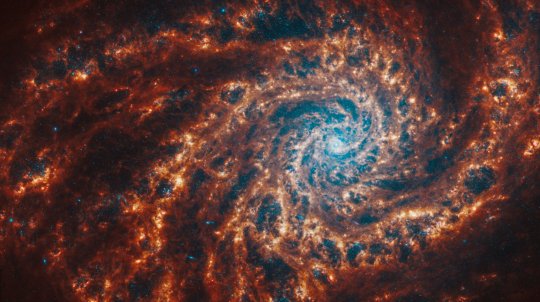

Three of JWST: N79/ NGC628/ Trantula ©
#jwst#webb#space#astrophotography#universe#stars#night sky#james webb space telescope#astronomy#solar system#cosmos#galaxy#planet#n79#tarantula nebula
2K notes
·
View notes
Text
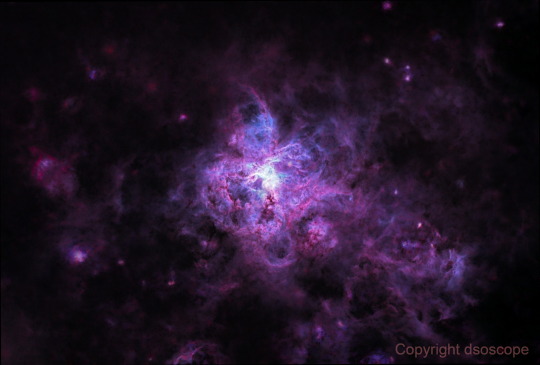
A starless Tarantula Nebula (30 Doradus) // dsoscope
#astronomy#astrophotography#starless#nebula#emission nebula#star-forming region#tarantula nebula#30 Doradus#NGC 2070#large magellanic cloud#LMC#dorado
88 notes
·
View notes
Text
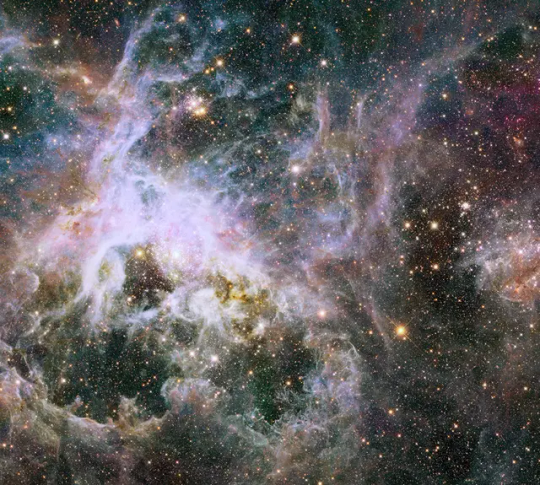
Tarantula Nebula
The Tarantula Nebula, also known as 30 Doradus, is a large and bright emission nebula located in the Large Magellanic Cloud, a satellite galaxy of the Milky Way.
The Tarantula Nebula is a stellar nursery, where new stars are being born. It contains a large number of young, hot stars, which contribute to the nebula's brightness.
he nebula spans about 1,000 light-years across and is located approximately 170,000 light-years from Earth.
Credits: NASA, ESA, and E. Sabbi (STScI)
#tarantula nebula#space#astronomy#constellations#nebula#cosmos#nasa#hubble#aesthetic#stars#galaxy#space exploration#astrophotography
178 notes
·
View notes
Text

Tarantula - June 4th, 1997.
"NGC 2070 is an immense star-forming region in a nearby galaxy known as the Large Magellanic Cloud. Its spidery appearance is responsible for its popular name, "The Tarantula Nebula," except that this tarantula is about 1,000 light-years across, and 165,000 light-years away in the southern constellation Dorado. If it were at the distance of the Orion Nebula, the nearest stellar nursery to Earth, it would appear to cover about 30 degrees of the sky or about 60 full Moons. The spindly arms of the Tarantula Nebula surround the 30 Doradus Star Cluster, which contains some of the intrinsically brightest, most massive stars known."
#nasa#space#cosmos#universe#astronomy#astrophysics#astrophotography#tarantula nebula#large magellanic cloud
33 notes
·
View notes
Text
It's so funny to me that Einstein clowned on himself for coming up with a stupid theory that he thought was wrong. And now today scientists are going back to it because he was actually really, really correct. Anyway, here's a picture of the Tarantula Nebula I stole (aka legally downloaded) from NASA's JWST telescope Flickr.
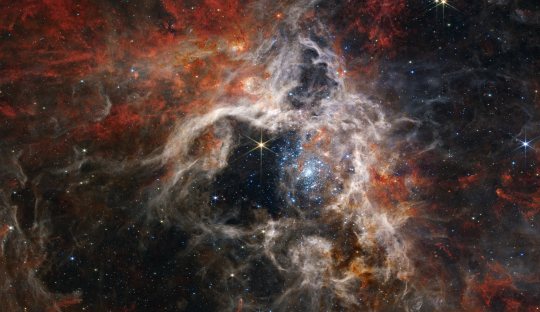
Source
#albert einstein#astrophysics#im talking about the cosmological constant#he called it 'the greatest blunder' of his career#and now scientists are like 'wait come back'#jwst images#james webb space telescope#jwst#tarantula nebula#nebula#ALL THE SPACE#nasa#the big bang theory#james webb telescope
411 notes
·
View notes
Text

The Tarantula Nebula
Credit: NASA, ESA, CSA, STScI, Webb ERO Production Team
22 notes
·
View notes
Text

Tarantula Nebula !
This is a Hubble Space Telescope image of a star-forming region containing massive, young, blue stars in 30 Doradus, the Tarantula Nebula. Located within the Large Magellanic Cloud, this is one of the regions observed by a newly-completed survey named ULLYSES.
Some stars are so massive and so energetic that they’re a million times brighter than the Sun. This type of star dominated the early Universe, playing a key role in its development and evolution. The first of its kind are all gone now, but the modern Universe still forms stars of this type.
Image Credit: NASA, ESA, STScI, Francesco Paresce (INAF-IASF Bologna), Robert O'Connell (UVA), SOC-WFC3, ESO
#art#cosmos#cosmic#universe#blast#space#photography#stars#nebula#tarantula nebula#hubble space telescope#30 doradus#magellanic cloud#ullyses#nasa#esa
131 notes
·
View notes
Text
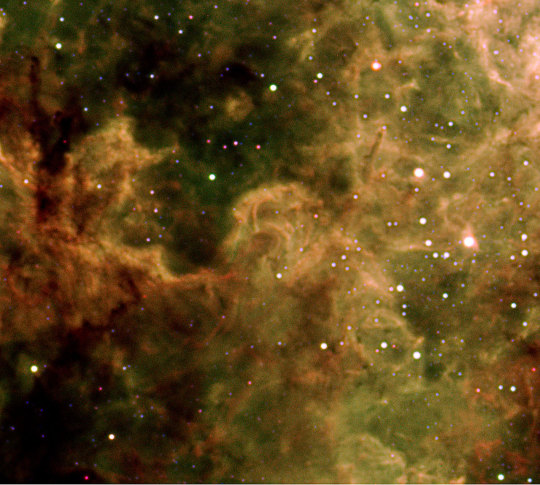
Tarantula's Pillars
109 notes
·
View notes
Text

The Tarantula Zone
40 notes
·
View notes
Text

Tarantula Nebula © Ferrante Enriques
#tarantula nebula#space#ngc 2070#nasa#astrophotography#galaxy#stars#night sky#planet#universe#astronomy#cosmos#solar system
783 notes
·
View notes
Text

The Tarantula Nebula (30 Doradus) in the Large Magellanic Cloud // Anthony Knepp
#astronomy#astrophotography#nebula#emission nebula#star-forming region#tarantula nebula#30 Doradus#NGC 2070#large magellanic cloud#LMC#dorado
108 notes
·
View notes
Text
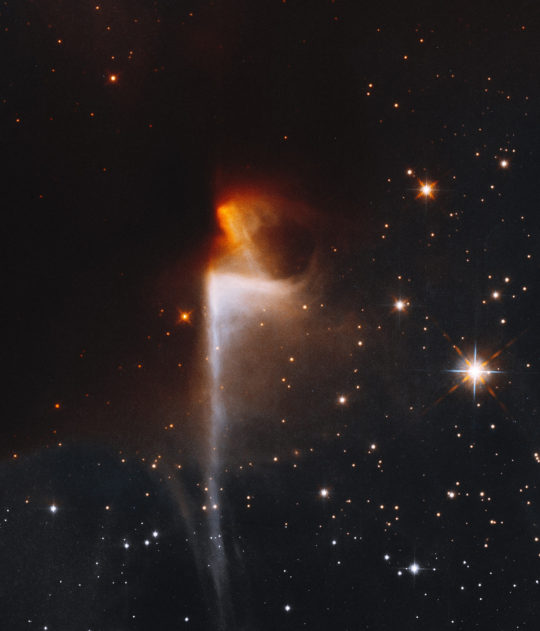

17 notes
·
View notes
Text

In the Center of 30 Doradus - May 24th, 1996.
"In the center of 30 Doradus lies a huge cluster of the largest, hottest, most massive stars known. The center of this cluster, known as R136, is boxed in the upper right portion of the above picture. The gas and dust filling the rest of the picture is predominantly ionised hydrogen from the emission nebula 30 Doradus. R136 is composed of thousands of hot blue stars, some about 50 times more massive than our Sun. 30 Doradus and R136 lie in the LMC - a satellite galaxy to our own Milky Way galaxy. Although the ages of stars in R136 cause it to be best described as an open cluster, R136's density will likely make it a low mass globular cluster in a few billion years."
#nasa#space#cosmos#universe#astronomy#astrophysics#astrophotography#tarantula nebula#30 doradus#open cluster
34 notes
·
View notes
Text

first, I thank Windows Spotlight for shoveling this stunning beauty into my mouth

then I found that on the official site of Webb Telescope, they kindly released the FULL RES (14557 X 8418) download option!!! Yipeeeee

I'd even like to print it to a wall to wall drape for my room when I have my own house to stare at it before sleep every night...


...AND one more highlight is that they kept the distinctive diffraction spikes! yes they make the photo a less accurate measurement of how the real deepspace looks because they are essentially system errors by the nature of our light receivers' imperfect structures... BUT these spikes are what makes this scene more breathtaking, yes!
2 notes
·
View notes

